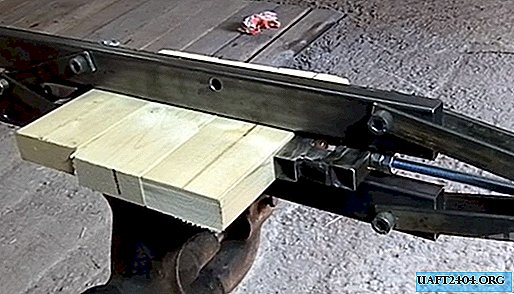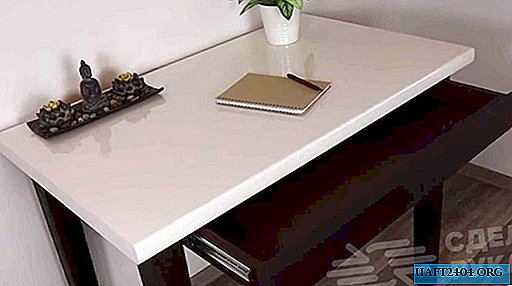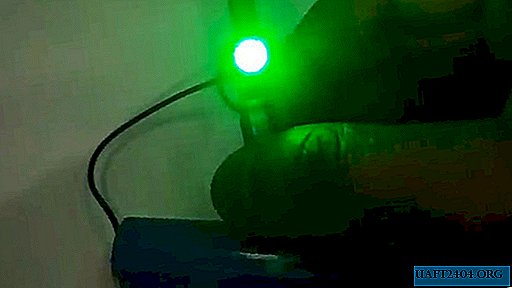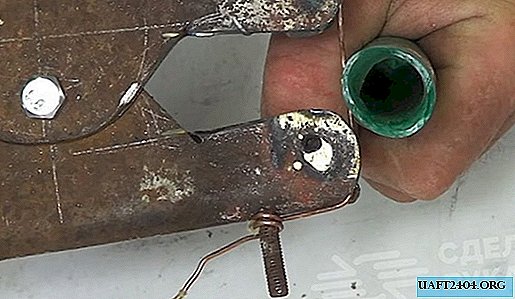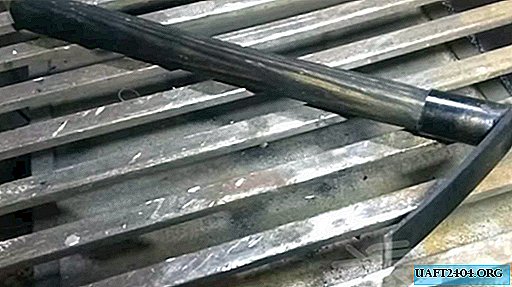Share
Pin
Tweet
Send
Share
Send
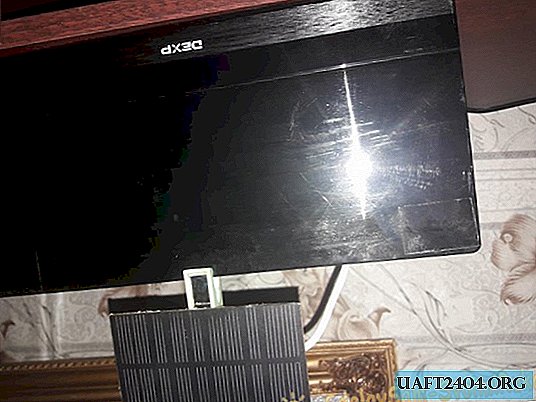
Good modern indoor antennas almost all have a built-in signal amplifier. And this is another hanging wire, in addition to the antenna cable. Therefore, as an amplifier inside the antenna, electricity is required for good work. This can be either a power supply that is installed in an electrical outlet, or a USB cable that supplies power directly from the TV itself, or the receiver. The purpose of my idea is to get rid of at least this wire to supply power to the antenna. And so the whole room is hung with wires, like a cocoon! If computer wires can be hidden or disguised in some way, then the situation is more complicated with the antenna cable and power cable, as a rule, a room antenna is placed somewhere in an open place so that the signal is caught better. It can be a windowsill, or a tall cabinet. Accordingly, the wires stick out in a prominent place. And if I somehow get used to the antenna cable, as with the inevitable, then for some reason I can’t put up with this power cable. Although, maybe I'm too picky ... The idea of how to get rid of it came when they brought me a spare external charger with a solar panel for parts. The batteries of this device were completely "killed", they did not even charge. The case is cracked and the charging board itself worked intermittently; constantly turned off every 5-7 seconds. In general, out of all this rubbish, only the solar panel turned out to be whole and working. In the open sun it gives out 8, with a small, volt. In cloudy weather, as well as indoors - 4 volts. This is quite enough if you put this voltage through the converter. I had to use two boards. One converter - with an input from 1 to 12 volts, it produces a stable 5 volts and 460 mA at the output.

Almost like in the USB port, from which, according to the instructions, the indoor antenna is powered. The second board is the charge controller for the battery.

If such boards are not available for free sale, you can always buy them in the online store. The assembly itself did not take much time.
Will need
- Soldering iron with tin and flux.
- Shrink insulation.
- File.
- Battery 18650.
- Short USB-Micro usb cable.
- Box for the 18650 battery.
- Solar socket, at least 3-4 volts.
- Double sided tape.
- Clothespin.
- Plug, under the power connector in the antenna.
- Charge controller for 18650, with access to the device.
- Converter, from 1 to 12 volts, to 5 volts.
- The wiring is thin (black and red).
- Secondary glue and baking soda.

Production of an autonomous power supply
First you need to solder the output wires of the solar panel to the contacts of the converter. In accordance with the polarity, of course.

Next, solder the wires to the charge controller, to the battery outputs. Then the same wires - to the contacts of the battery box.



Now, for verification, you can connect both boards with a cable.


If your boards do not have connectors, as in my case, then you need to connect the output of the converter to the input of the charge controller, using a soldering iron and wires. Solder the plug to supply power to the antenna, to the output of the device, on the charge controller.


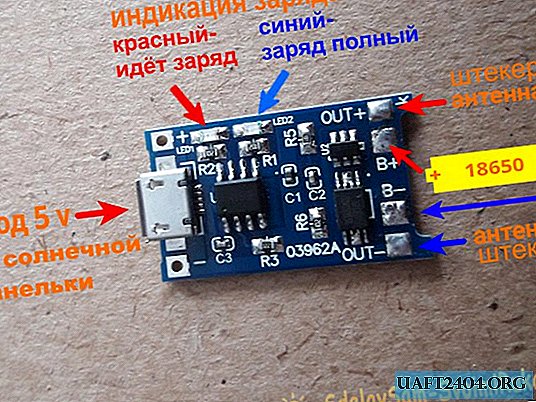
It remains to fix the resulting circuit on the antenna. To do this, you need to glue some piece of plastic to the inner upper edge of the antenna so that the clothespin holder does not come off it.


Next, with a file or an engraver, we file a notch at the clothespin from the edge with which it will be pressed against the smooth side of the antenna. Like this:


Now, with glue and soda, glue a clothespin and a transducer to the solar panel.


Also, with the help of double adhesive tape, we attach the box with the battery to the antenna stand. Now install the solar panel on the antenna, and connect both boards with a short USB cable, like this:


As soon as I connected the two boards with a cable, and installed the antenna in a more or less bright place, the red battery indicator on the charge controller immediately lit up.

But, since my battery was only recently charged, the indicator immediately changed color to blue, which indicates a full battery charge.

However, you do not need to disconnect anything - the charge controller will not allow the battery to recharge and deteriorate from a permanently connected state. Moreover, in the dark, it will not be charged, but will give energy to power the antenna. A certain percentage of charge (albeit very small) comes even from the electric lighting in the room. The energy that accumulates the battery during daylight hours, even in cloudy weather, is enough to watch TV at least all night! The signal at the antenna is stable and good, as it should be when the signal amplifier is working.

I repeat once more; the purpose of this idea is to get rid of excess wires. At least from one! Such a circuit can only be connected to a room antenna. For the street, it will not work, due to the aggressive environment. Rains and winds will not let this scheme work for a long time, and with the onset of cold weather, it will not live on the street for a day, as, indeed, any other electronic device.

Share
Pin
Tweet
Send
Share
Send

